The term “human machine interface” originated from the factory floor. In the context of HMI, machine refers not to the computer, but to a machine tool or other instrument the computer was attached to. For decades, if an HMI was needed, it was implemented on a PC or single-board computer running Microsoft Windows. Real-time processing… Read More
Author: Don Dingee
Dealing with FPGA IP in all its forms
One of the recurring themes I see here in the pages of SemiWiki and elsewhere is this pitched, bordering on religious battle between Altera and Xilinx. Just because both are FPGA technologies, the tendency is to put them in the same bucket, drawing direct comparisons between them. Some folks say there is no comparison; Xilinx has… Read More
Writing the unwritten rules with ALINT-PRO-CDC
EDA verification tools generally do a great job of analyzing the written rules in digital design. Clock domain crossings (CDCs) are more like those unwritten rules in baseball; whether or not you have a problem remains indefinite until later, when retaliation can come swiftly out of nowhere.
Rarely as overt or dramatic as a bench-clearing… Read More
Inside tips on Tanner L-Edit toolbox
Advanced skill in auto repair, carpentry, plumbing, and similar trades often correlates to one factor. Knowing what you want to do is one thing – having the proper tool is another, and can make the difference. Many a job has extended from minutes to hours over the lack of the right tool at the right moment. Experienced mechanics and… Read More
Xilinx ships the VU440 and its 4M logic cells
Xilinx has delivered not only “the biggest FPGA on the planet”, but what it claims is currently the world’s largest integrated circuit: the Virtex UltraScale VU440, with 19 billion transistors fabbed in TSMC 20nm. The list of first customers to receive parts says a lot about the state of SoC design today, and the vital role FPGA-based… Read More
How Imagination tested the PowerVR Series6XT
We have been hearing for some time about the Synopsys HAPS-70 and how they have co-created the hardware and software architecture for FPGA-based prototyping with their customers. Now, we see details published by Synopsys on how they collaborated with Imagination on the design of the PowerVR Series6XT GPU.
The first thing to come… Read More
Aldec increasing the return on simulation
Debate rages about which approach is better for SoC design: simulation, or emulation. Simulation proponents point to software saving the need for expensive hardware platforms. Emulation supporters stake their claims on accuracy and the incorporation of real-time I/O. A few years back, some creative types coined the term SEmulation,… Read More
Tracing methods to multicore gladness
Multiple processor cores are now a given in SoCs. Grabbing IP blocks and laying them in a multicore design may be the easy part. While verification is extremely important, it is only the start – obtaining real-world performance depends on the combination of multicore hardware and actual application software. What should engineers… Read More
Makers get access to Intel RealSense
One of the great devices in maker lore is the Polaroid 6500 Series Sonar Ranging Module. It was originally part of the autofocus system for their SX-70 cameras circa 1978, long before through-the-lens optical autofocus sensors were perfected. Back then, people couldn’t focus. Dr. Land thought he was teaching people to compose… Read More
Lights, audio, and waiting for action from Qualcomm
The news Qualcomm has shipped over a billion Snapdragon chips in Android smartphones broke last September. After reiterating that and a sustained outlook for smartphones over the next five years, the Qualcomm CES 2015 presser seemed to leave most media outlets a bit disappointed. Naturally, that prompts us to ask what is going… Read More


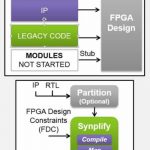
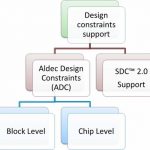
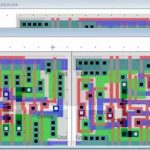
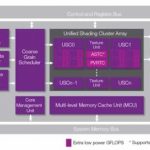
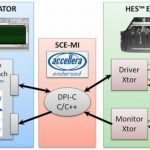







Jensen Huang Drops Donald Trump Truth Bomb on Joe Rogan Podcast